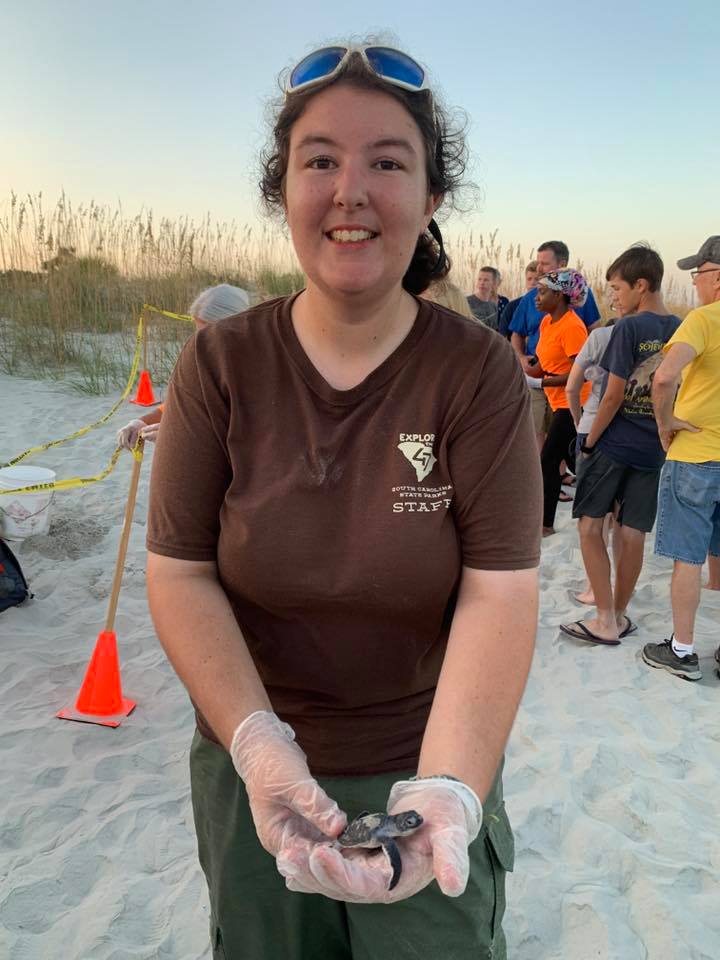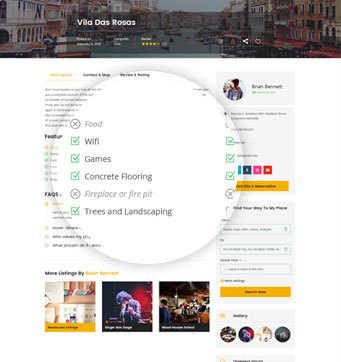First-ever Green Sea Turtle nest hatched on Hunting Island!
Eight live Green Sea Turtle hatchlings were found and then released the ocean during a Sea Turtle Nest Inventory on Hunting Island Beach. This is the FIRST-EVER Green Sea Turtle nest known to have been laid on Hunting Island State Park!!!
I’m proud to say that I got to be a part of a very special nest inventory tonight! Hunting Island officially had its first green sea turtle nest! The best part? I got to see a green turtle hatchling for the first time, hold one, and release my favorite sea turtle species of all! I’m so glad I was able to be a part of this in my first turtle season here at this wonderful place that I’m lucky to work and live. 💚🐢 – Kaitlyn Rimmer, Program Specialist
According to Hunting Island State Park Ranger Carl Berube, this is the first known Green nest on the island since records have been kept. “Greens have white bellies. I’ve only seen one other green. Before Matthew, I was at the end of the pier one day and saw a juvenile Green just hanging out waiting for paparazzi to notice”, said Carl Berube.
Amazing Green Sea Turtle Hatchling video by Hunting Island State Park Ranger Carl Berube
FUN NESTING FACTS about ATLANTIC GREEN SEA TURTLES
Green Sea Turtles weigh approximately 300 – 350 pounds as adults and average five feet in shell length.
- Nesting: June – September
- Adult females are on average 101.5 cm straight carapace length
- Nocturnal nesters, symmetrical crawl
- Mean number of clutches per season 5
- Interesting interval: 10-17 days
- Remigration interval: 2-3 years
- Width of Crawl = 100 cm
- Mean sizes of eggs are 4.5 cm in diameter, 46 g in mass and 46 cc in volume
- Mean clutch count of 135 eggs
- Mean incubation duration is 63 days but ranges from 53 to 81 days
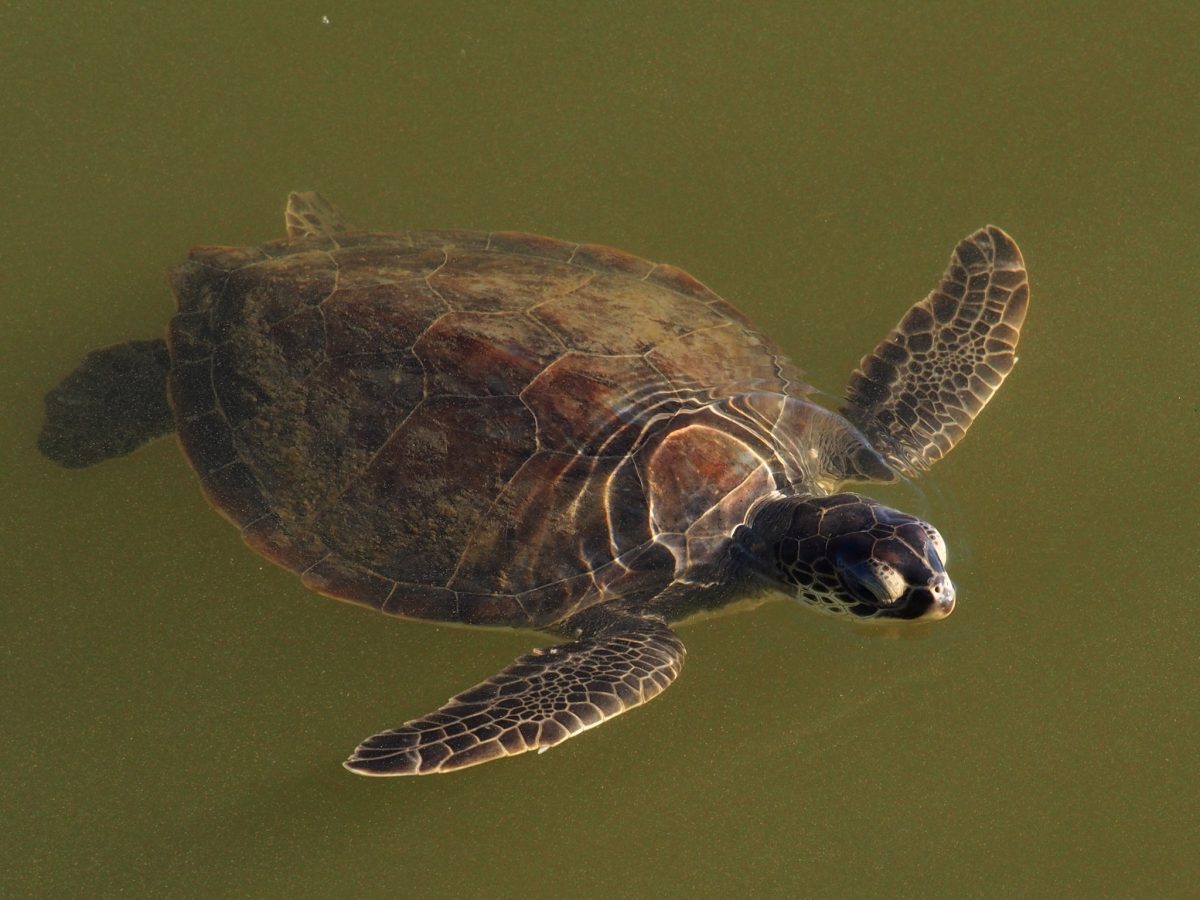
Green Sea Turtles nesting in South Carolina is infrequent to rare.
Green sea turtles (Chelonia mydas) are the largest hard-shelled sea turtle species. Their common name is derived from the green fat, or calipee, in their body due to their herbivorous diet. They have a serrated jaw for tearing grass, weigh approximately 300 – 350 pounds as adults and average five feet in shell length.
In September 1996, the first documented green turtle nest was laid on South Island in South Carolina. Since 1996, green nesting has become more frequent.
Although green turtles do not typically nest in South Carolina, juvenile turtles consistently utilize South Carolina’s inshore and nearshore waters as foraging grounds from April through November.
On July 28, 1978, the green sea turtle, the second-largest, was designated as endangered for the breeding colony populations in Florida and on the Pacific coast of Mexico. On July 28, 1978, the green sea turtle was designated as threatened in areas found except where listed as endangered.
They get their name from the color of their fat, not their shells, which are grayish in older animals. Green turtles are herbivorous and remain near pastures of turtle grasses. Tortuguero, Costa Rica, and south/central Florida are important nesting areas for the green turtle in the western Atlantic. Juveniles are found in South Carolina (ranging in size from 28 to 38 cm (11 to 15 in) in curved carapace length) in shallow creeks, bays, and salt marshes feeding on epiphytic green algae such as sea lettuce. Recent increases in green turtle strandings could be due to an increase in the Florida population.
Nesting by green sea turtles in South Carolina is infrequent to rare.
For a more comprehensive review, please read the Green Sea Turtle Conservation
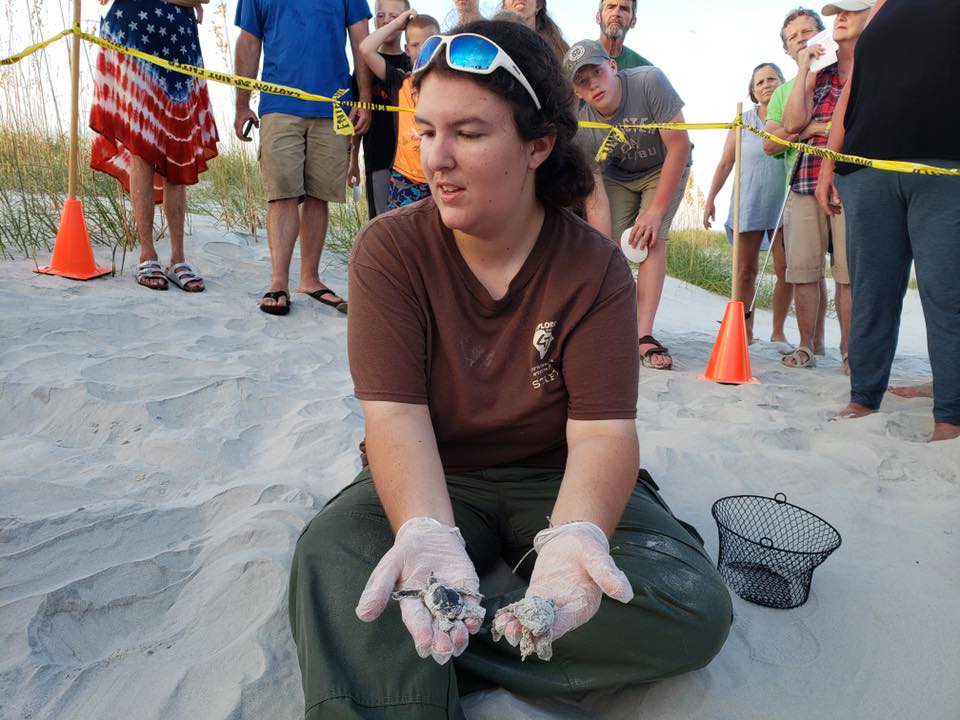
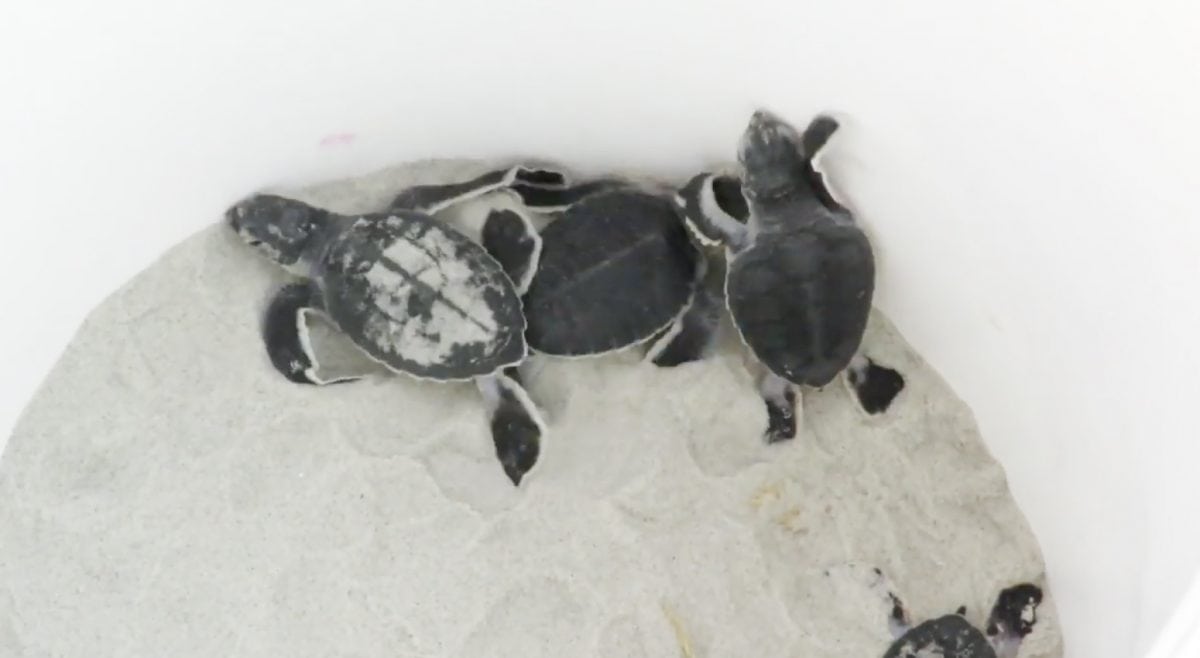
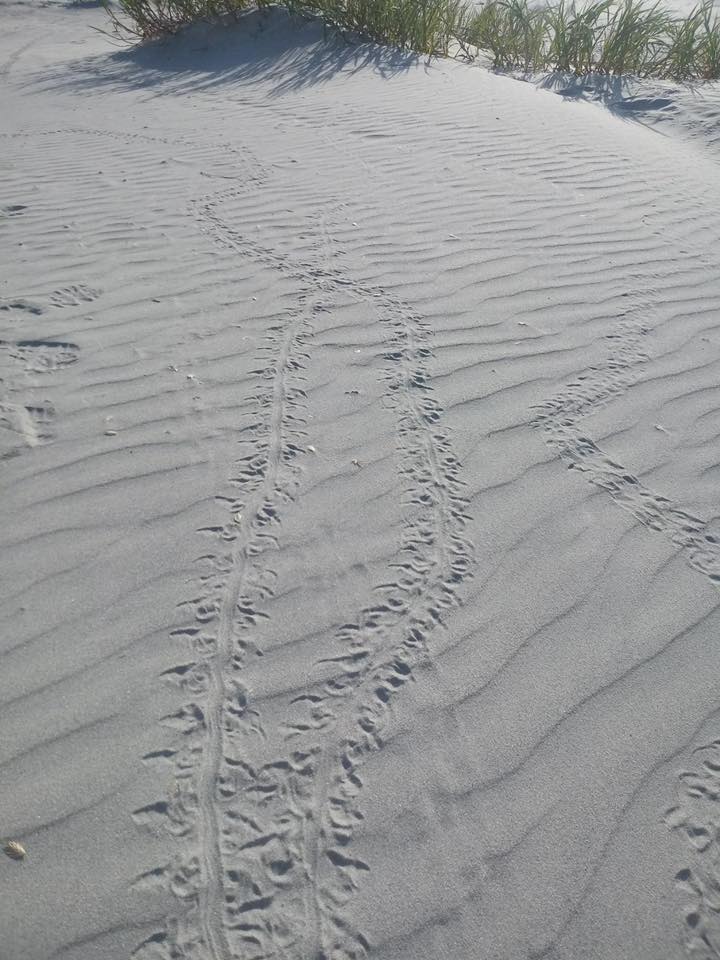
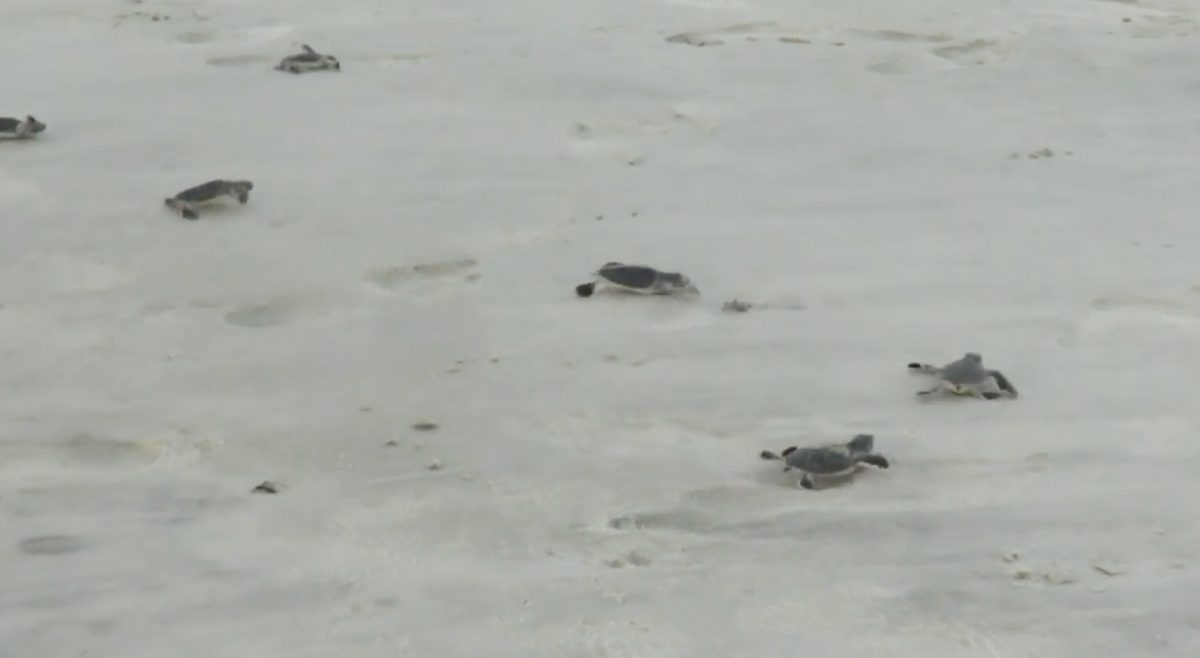
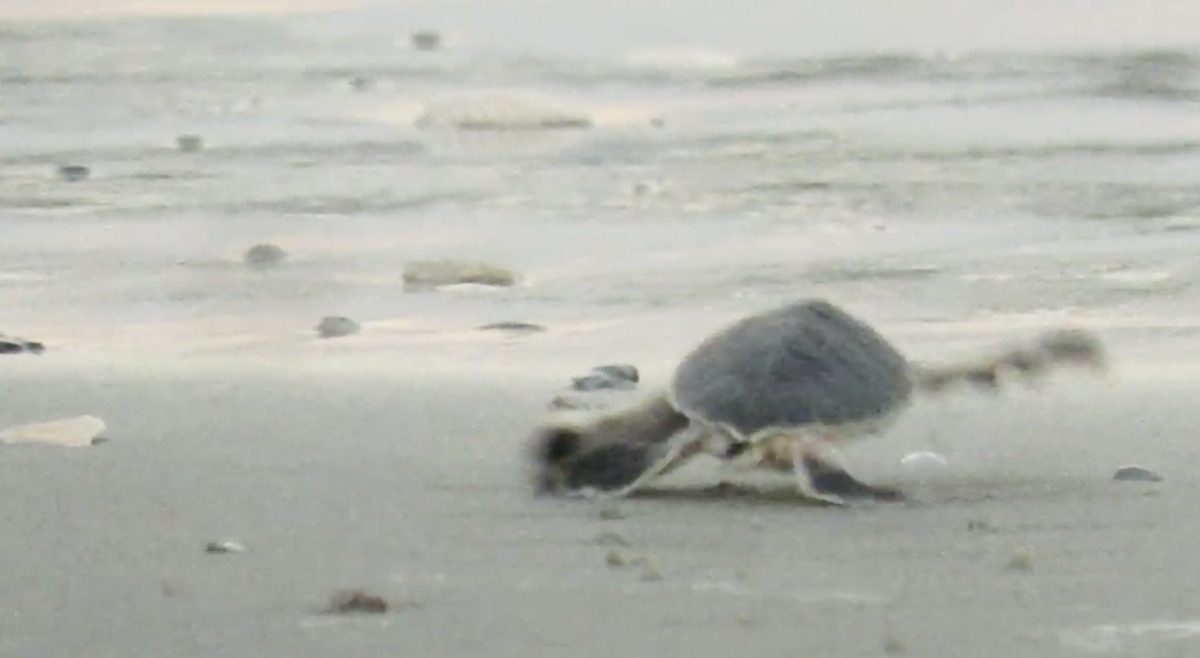
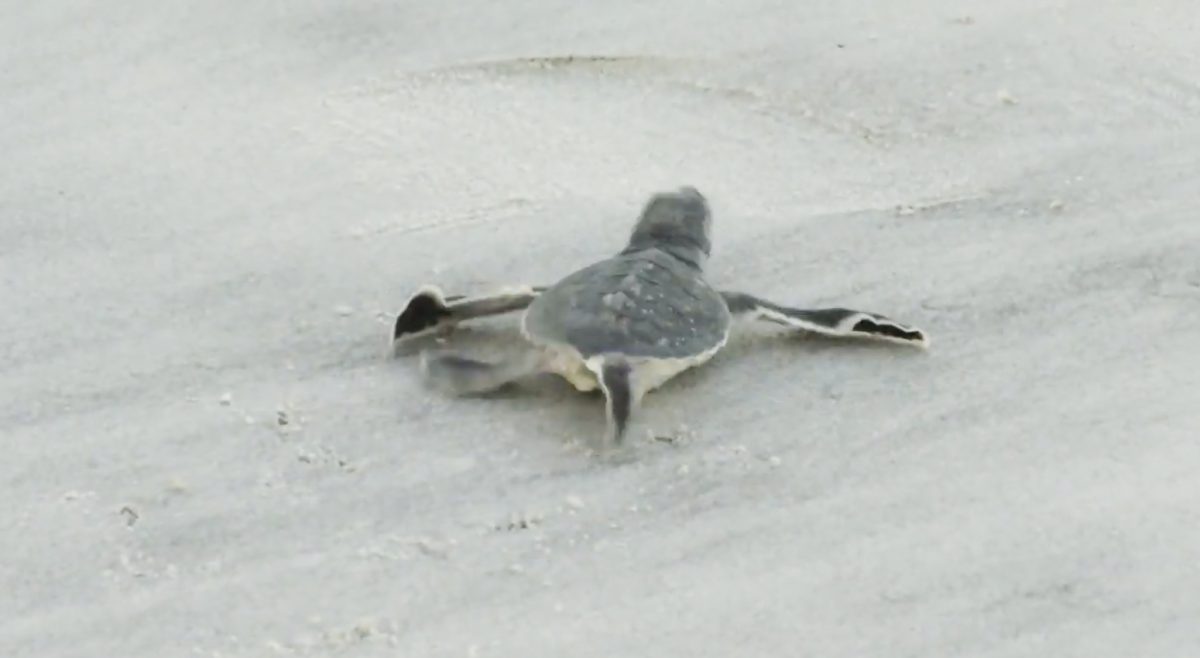
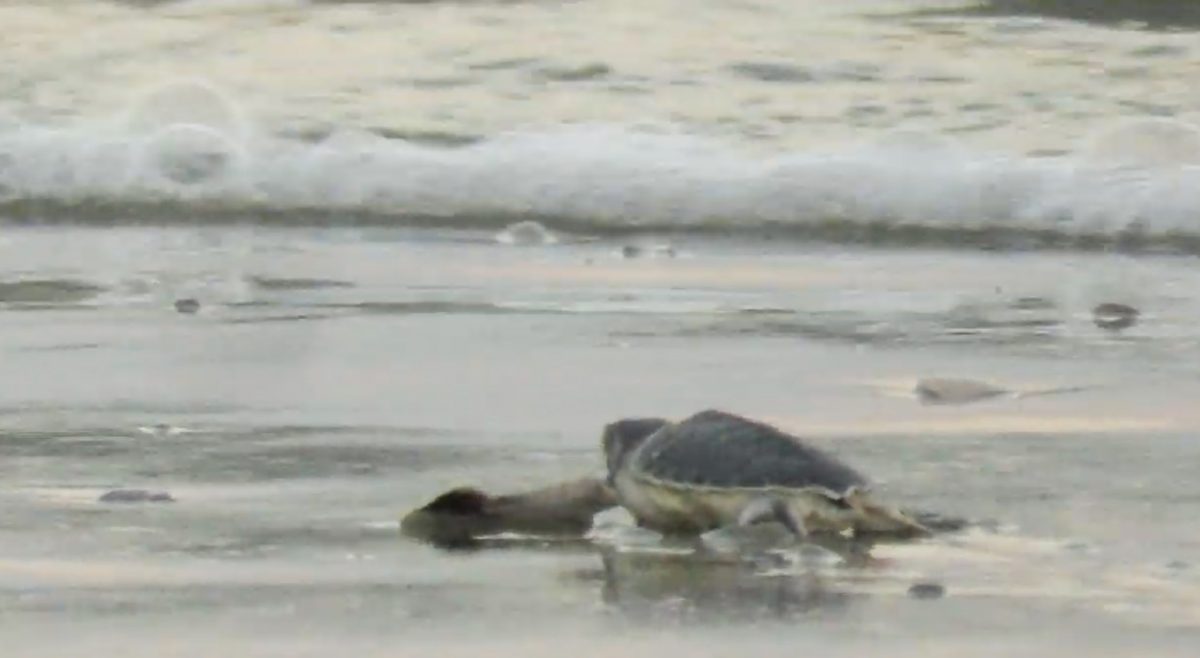
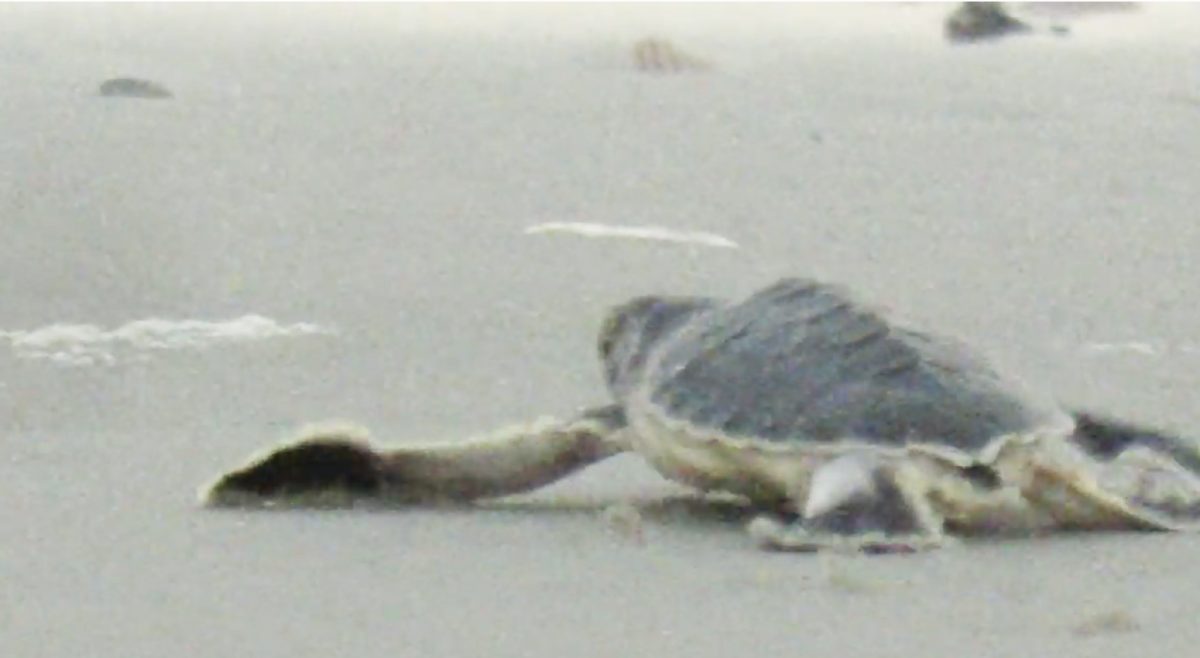
Content & Resources: South Carolina DNR
Photography & video courtesy of Park Ranger Carl Berube, Friends of Hunting Island Sea Turtle Conservation and Kaitlyn Rimmer, Nature Center Specialist
Be sure to follow them on Facebook to keep up to date with Sea Turtle Conservation in our area.

